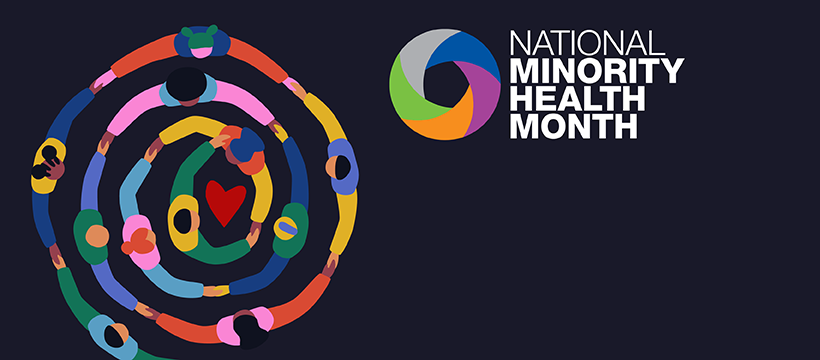Salty Snack Alternatives: 9 Tips for a Healthy Snack Time
Source: heart.org
It’s a couple hours after lunch. You (and your kids) feel tired, peckish, and ready to nibble. In an effort to snap out of it, many of us turn to something salty. This might be why savory snacks are a part of the Salty Six for Kids—the foods that contribute the most sodium to our children’s diets. You might be surprised to know that salty snacks don’t make the list for the Salty Six for Adults.
There are some snacks, however, that will help you stay alert and healthy during snack time. What am I talking about? Fruits and veggies, of course! Fruits and vegetables are a key part of an overall healthy eating plan. They’re also delicious, colorful, versatile, convenient, affordable and fun.
Why are fruits and vegetables important?
Fruits and vegetables provide lots of nutrients without too many calories. They contain water and fiber, which can help you feel full. Most fruits and vegetables also have no or little sodium, and lots of potassium. Potassium is a mineral that we need to keep our bodies healthy. Eating foods with potassium is important in controlling blood pressure because potassium reduces the effects of sodium. The more potassium we eat, the more sodium we pass out of the body. Potassium also helps relax blood vessel walls, which helps lower blood pressure.
Snacks that feature fruits and vegetables are flavorful, colorful and offer a variety of tastes and textures. The AHA recommends 4-5 servings of fruits and 4-5 servings of vegetables per day (a total of about 4½ cups). Even if you don’t reach that goal, there are still benefits to eating fruits and vegetables. Just 2½ cups per day could reduce the risk of heart attack and stroke.
Here are 9 tips for incorporating fruits and veggies into snack time:
- Keep a bowl of whole fruit handy on the desk, table or countertop. You (and your kids) are more likely to grab fruits and vegetables over other items if they’re readily available.
- Store no-chop veggies ready in your fridge. Who doesn’t like the sweet taste of baby carrots, cherry tomatoes, or sugar snap peas?
- Dip sliced cucumber into low-fat or fat-free plain yogurt mixed with chopped dill and minced onion.
- Smear celery with nut butter, and enjoy the new texture and flavor.
- Use cookie cutters to create shapes out of thinly sliced melon.
- Dunk carrots sticks, celery sticks, or sliced bell peppers into homemade hummus.
- Sprinkle apples or pears with spices like cinnamon or nutmeg.
- Serve up raisins or applesauce (with no sugar added). You might save a little money if you shop for these items in bulk and divide into individual servings.
- Make Caprese Kebabs with cherry tomatoes, basil, and part-skim mozzarella cheese.
What tips do you follow to eat more fruits and veggies at snack time?



